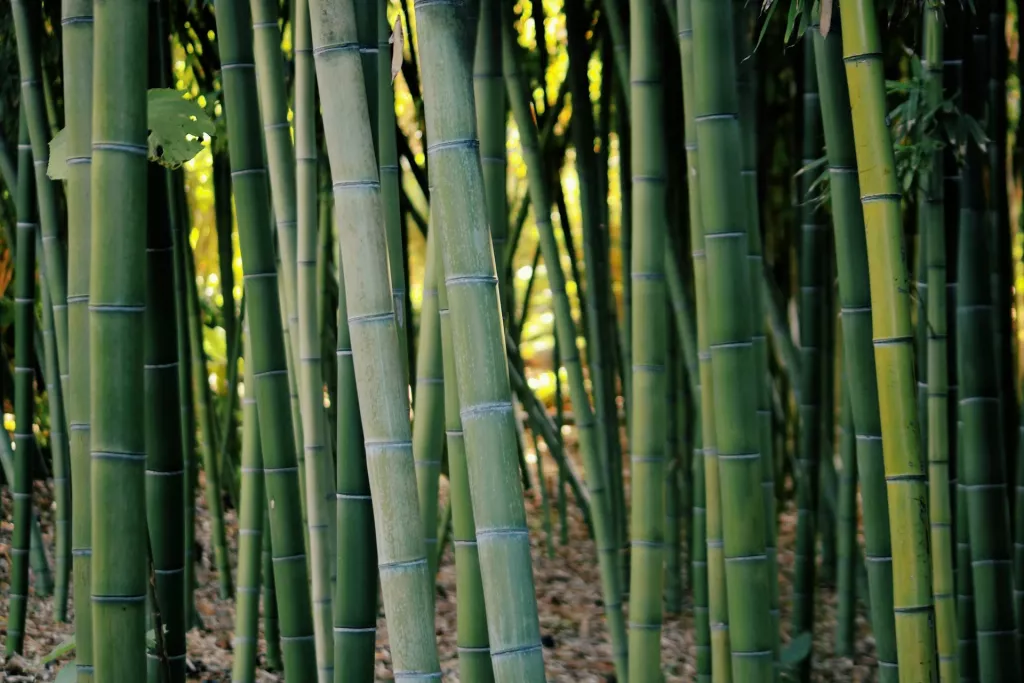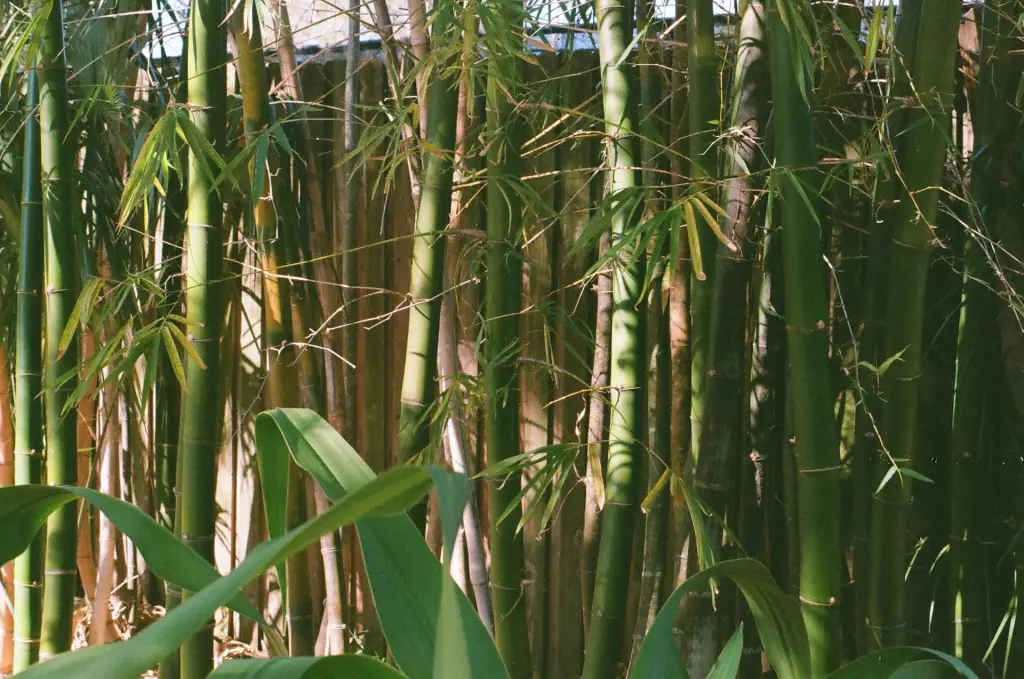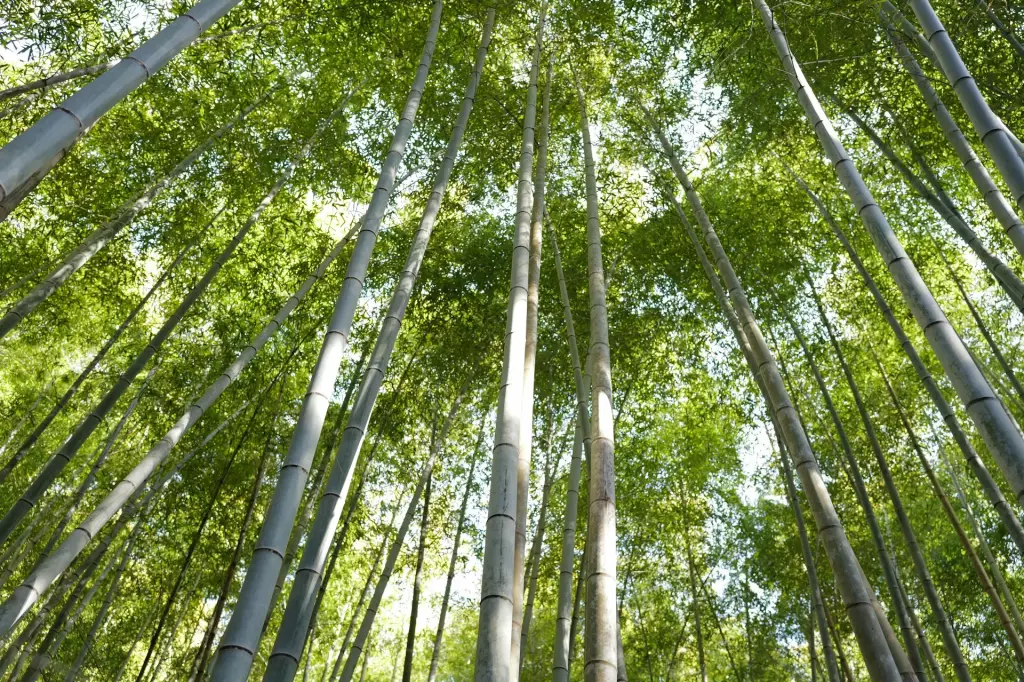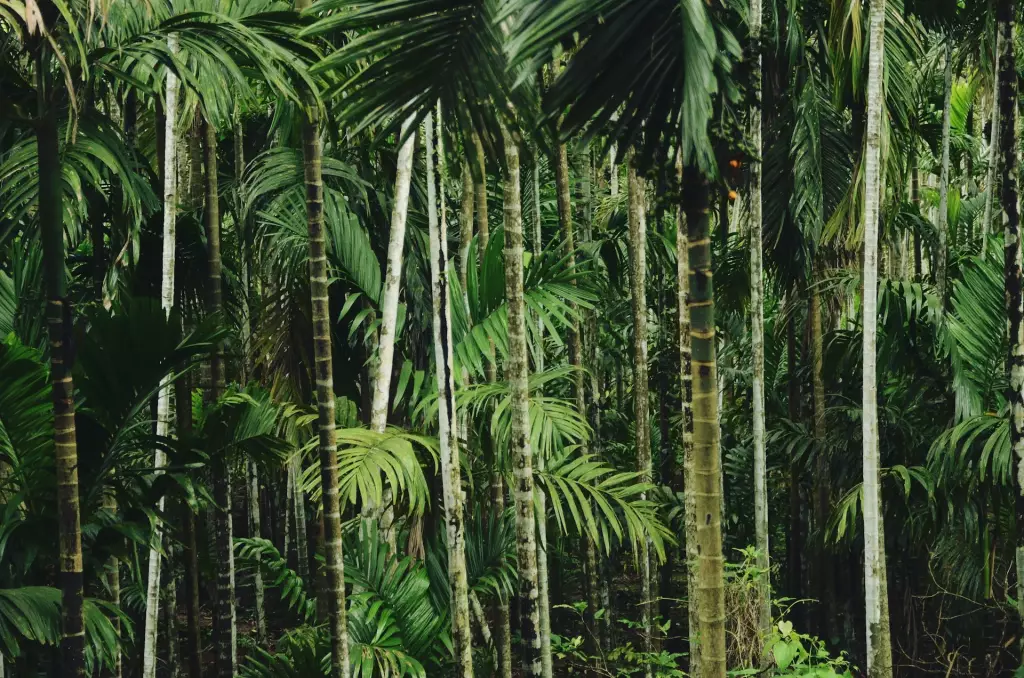Growing Bamboo in Florida for Profit: A Beginner's Guide
In 2021, the bamboo market in the United States was valued at approximately $68 million, with Florida positioned as a favorable climate for its cultivation. This fast-growing plant, capable of reaching full maturity in just 3 to 5 years, offers significant profit potential for farmers due to its high demand in sectors like construction, textiles, and food.
Growing bamboo in Florida can be profitable due to the state's warm climate, which is ideal for many bamboo species, especially non-invasive ones, such as 'Bambusa multiplex' and 'Dendrocalamus asper'. Bamboo farming for products like building materials, furniture, and landscaping plants has a growing market.
Here's the twist: not all bamboo types will thrive or be legal to grow, as some are considered invasive. Before you start dreaming of your bamboo empire, you'll need to dig a bit deeper into local regulations and suitable species that promise both profit and ecological harmony.
Summary
- The yearly revenue is estimated at $12,000 per acre from bamboo shoots, and total revenues can reach $150,000.
- Profitability hinges on market demand for products like bamboo plants, poles, and crafts.
- Select locations with loamy, well-drained soil, ensure the area is clear of competing vegetation, and dig holes about 23 inches in diameter and depth for the bamboo's root system.
- Diversify your income sources by selling bamboo plants, shoots, and products, while adhering to local zoning laws and USDA regulations.

On this page:
Getting Started with Bamboo Farming in Florida
Successful bamboo cultivation in Florida depends on choosing suitable species, preparing the planting site correctly, and managing the bamboo properly.
What bamboo grows best in Florida
Tropical bamboo is best for the state's conditions, with species such as Bambusa and Dendrocalamus known for their adaptability. Avoid temperate species like Phyllostachys edulis (moso), which struggle in Florida's subtropical environment.
Species like the clumping bamboo are not just more manageable, but also highly sought after for landscaping. Some popular clumping varieties include Bambusa multiplex and Dendrocalamus asper, which are non-invasive and easier to manage.

Additionally, consider how your chosen bamboo will be used—whether for ornamental purposes, construction, or for its shoots.
| Bamboo Species | Characteristics |
|---|---|
| Dendrocalamus asper | Tall, fast-growing, ideal for poles |
| Tropical bamboo | Diverse group, good for ornamental use |
Site selection and preparation
Look for sites with loamy soil and good drainage to ensure healthy growth. In Florida, your site should be clear of competing vegetation. Prepare holes approximately 23 inches in diameter and depth to accommodate the bamboo's root system.
Clear debris, ensure soil quality, and set up an irrigation system for regular watering. You'll need starters, which can be cuttings, seedlings, or potted bamboo plants. Visit reputable nurseries that may also offer a contract for the purchase of bamboo shoots and poles after harvesting.
How do you care for bamboo in Florida?
Bamboo is a versatile plant and, with proper care, can be an excellent alternative investment due to its fast growth and various uses in sustainable home design and the ag industry.
- Plant in well-drained soil: Bamboo does not like waterlogged conditions.
- Water regularly: Especially important for young plants to establish themselves. A consistent watering schedule will support their growth, especially during Florida's dry spells.
- Fertilize: A balanced fertilizer can help promote growth, particularly during the growing season.
- Prune: To manage size and shape, and to remove any dead or dying culms.
- Control spread: For running types, installing a root barrier or choosing a clumping variety to prevent invasive growth.
Best time to plant bamboo in Florida
Plant bamboo in Florida during the warmer months, from late spring to early summer. This gives the plants a chance to establish their root systems before facing the cooler winter temperatures. However, in Florida's mild climate, bamboo can often be successfully planted and grown year-round with proper care.

Florida bamboo can grow rapidly, often reaching full height in just one season. Plant your bamboo during the warm season to give it a strong start. Whether using cuttings, seeds, or rhizomes, plant them with proper spacing to allow for growth.
Space bamboo according to species requirements, generally 3–5 feet apart. Consider the spacing carefully; proper distancing prevents overcrowding and promotes healthy culm growth. Follow a management plan that includes regular watering, fertilizing, and pruning.
How much does bamboo make per acre in Florida?
Here's a simple breakdown of potential yearly revenue from a bamboo plantation:
| Acreage | Shoots Yield (lbs/acre) | Shoots Price ($/lb) | Estimated Revenue |
|---|---|---|---|
| 1 | 6,000 | $2.00 | $12,000 |
| 5 | 30,000 | $2.00 | $60,000 |
| 10 | 60,000 | $2.00 | $120,000 |
The income potential from growing bamboo per acre in Florida can vary significantly based on the species grown, market demand, and how the bamboo is used (e.g., for ornamental purposes, harvested for shoots, or processed into products). Profitability depends on efficient management, marketing strategy, and access to markets.
Harvesting and Marketing Bamboo Products
Harvest typically occurs when the culms, or stems, reach maturity after 3–5 years. This ensures optimal strength, crucial for the construction and furniture markets. After cutting, you can sell your bamboo raw or process it into products such as fencing or textiles.
Your bamboo can cater to a variety of markets including construction, textiles, sustainable home design, furniture, fencing, and even clothing. Key players like landscapers and garden centers may also seek out your bamboo for aesthetic landscaping solutions.
Joining the Florida Bamboo Growers Association might be beneficial to help you find buyers. Direct retail sales at craft fairs and garden centers can also increase revenue.

It's important to stay informed on local zoning laws, which can affect the operation of your bamboo farm. Always remain informed about the USDA regulations that affect your bamboo production, ensuring your business stays compliant.
Production and Profit Maximization
To achieve a successful bamboo plantation, it's crucial to start with quality plant materials, such as cuttings or seedlings, ensuring a healthy growth.
A sample profit calculation for bamboo farming could look like this:
| Revenue Source | Amount |
|---|---|
| Bamboo plants sale | $100,000 |
| Bamboo shoots & products | $50,000 |
| Total revenue | $150,000 |
| Expenditure | Amount |
|---|---|
| Materials, labor, etc. | $60,000 |
| Irrigation | $10,000 |
| Shipping & handling | $5,000 |
| Total costs | $75,000 |
Gross profit: $75,000 (Revenue – Total Costs)
Additional income streams can come from the sale of edible bamboo shoots or by leveraging carbon credits for sustainability efforts.



